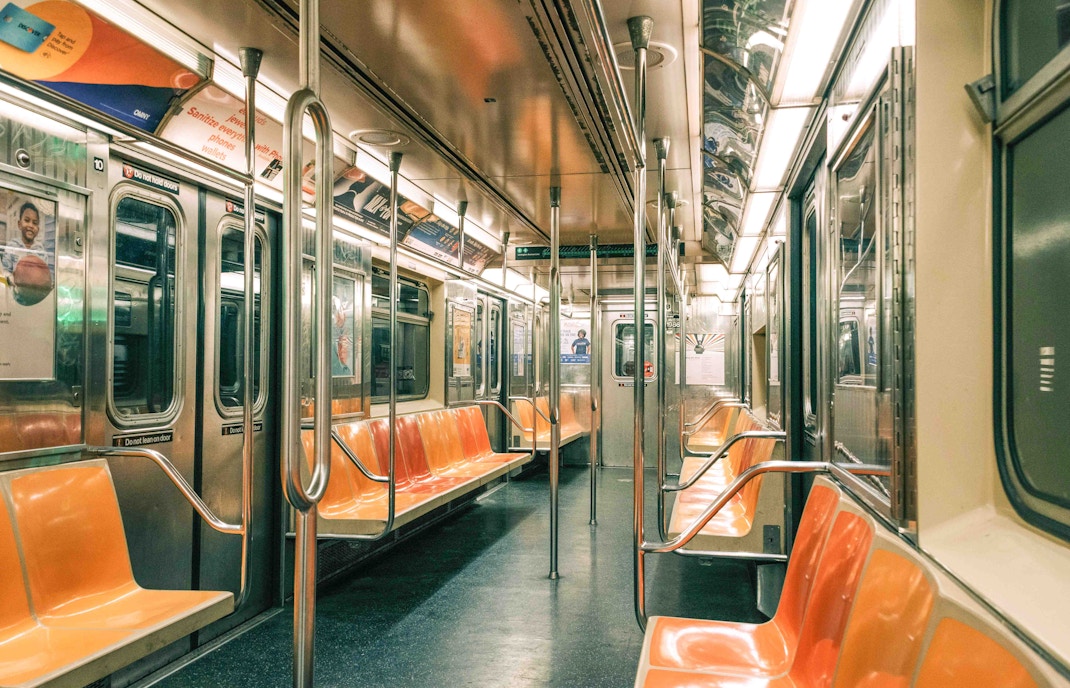Timings: Whitney Museum is open from 9am to 6pm Wednesday to Monday, except Fridays. On Fridays, the museum is open until 10pm.
Closed: The museum is closed on Tuesdays.
Last admission: 45 minutes before closing time.
For a quieter experience at the Whitney, weekdays are your best bet, with Monday mornings being the least crowded. If you’re visiting on a Friday, consider wrapping up your visit by 5pm as large crowds arrive for the free entry between 5pm and 10pm.
In terms of the best months to visit, late April to early June and September to early November are ideal. These months fall outside of the peak summer and holiday tourist seasons, meaning fewer crowds and a more relaxed experience. Summer (June to August) is the busiest time, as New York City sees a massive influx of tourists, which makes the museum more crowded.
The Whitney Museum is situated at the southern end of the High Line in the Meatpacking District. You’ll also be just steps away from trendy spots like Chelsea Market and a bustling neighborhood full of dining options and attractions.
Address: 99 Gansevoort Street, New York, NY 10014 | Find on Maps
Closest landmark: The High Line (0.2 miles)







No, food and beverages are not allowed inside the Whitney Museum. However, you can grab refreshments at the restaurants in the museum.
The Whitney does not have on-site parking, but there are several paid parking garages in the surrounding area.
Yes! The Whitney offers family programs that include art-making workshops for kids with autism and guided tours designed for kids of all ages.
Plan to spend around 2 to 3 hours to fully explore the permanent collections and current exhibitions, though this may vary depending on your pace and interests.
Yes, you can purchase Whitney Museum tickets online in advance, which is recommended, especially for popular exhibitions. This helps avoid long waits at the entrance.
Yes, free Wi-Fi is available throughout the museum, making it easy for you to stay connected or share your experience in real time.
Whitney Museum of American Art Tickets
Combo (Save 11%): Intrepid Museum + Whitney Museum of American Art Tickets
Combo (Save 10%): Whitney Museum of American Art + Museum of Modern Art (MoMA) Tickets
Combo (Save 9%): Whitney Museum of American Art + Edge Observation Deck Tickets